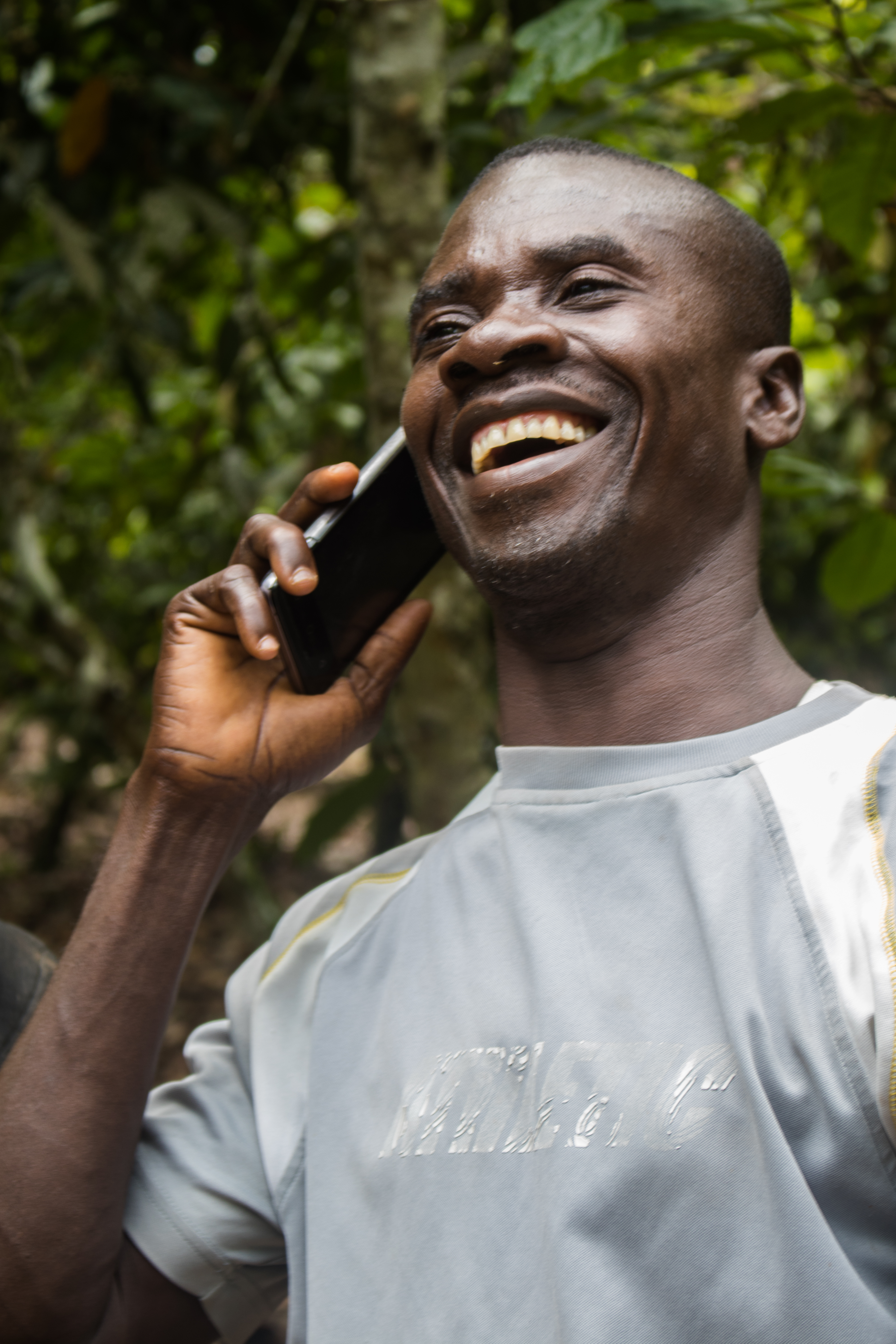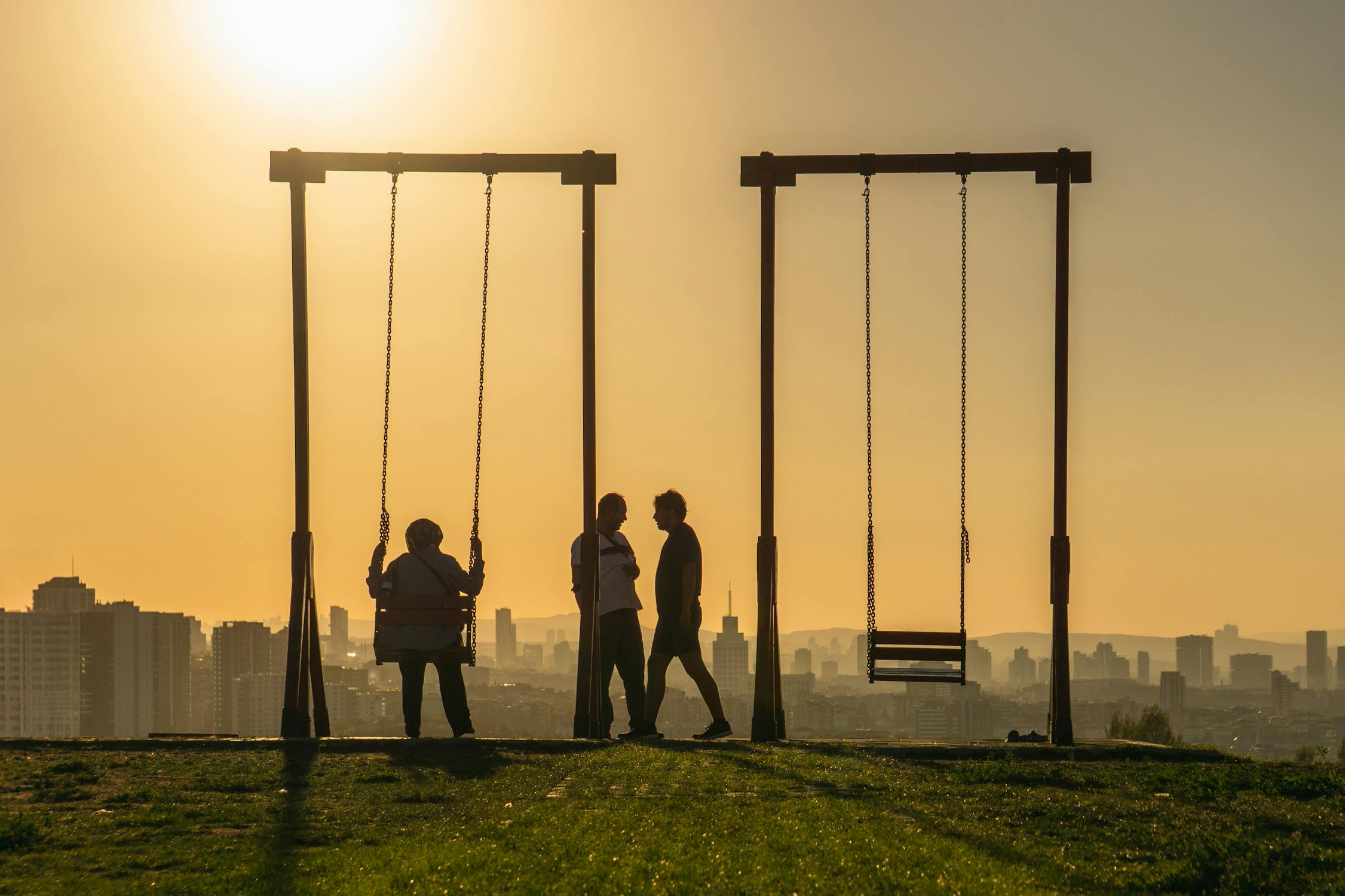Language acquisition in children is one of the most fascinating features of the human species, as well as one of the most difficult problems in linguistics and cognitive science. What are the processes that enable a child to completely master its native language in just a few years, and to a degree of competence that adult learners of a second language can almost never match?
Far from being a matter of consensus, this subject has in fact greatly divided the research communities in these fields: the 20th century was marked by Noam Chomsky’s influential idea that native-language acquisition might stem from a universal and innate grammatical faculty in humans, distinguishing them from other animal species.
If it’s so impressive that a baby can learn even just one language, then how do we explain that it can go on to learn two, three or even more?
Half the world’s population is bilingual
This question presupposes that bilingualism or multilingualism is sporadic in human societies, the exception rather than the rule. However, not only do experts estimate that almost half the world’s population is bilingual, but also that multilingualism is actually more common than monolingualism. Just look at some of the world’s most populous countries, such as India and China.
It’s thus hardly surprising that a child might have multiple native languages. This is something that should be encouraged, not prevented as if it were an obstacle to the child’s development or cultural and social integration. Numerous researchers have highlighted the many cognitive and social benefits of bilingualism throughout life. These include a better memory, a later onset of neurodegenerative diseases, or a better adaptation to different social contexts.
The keystone of bilingualism in children seems to lie first in a set of general cognitive skills in human beings of all ages (such as analogy, abstraction and encyclopaedic memory), and secondly in a child’s astonishing cerebral plasticity, particularly between the ages of 0 and 3.
From birth, a child is able to retain and categorise linguistic stimuli that are extremely rich in information about their pronunciation, structure and meaning, as well as the family and social contexts in which they are used. On the basis of this information, a child can very quickly infer that one set of linguistic constructions differs from another in terms of conventions for two different languages (for example, French and English), particularly after the first year.
In this way, they acquire a skill known as “code-switching”, enabling them to switch easily from one language to another, for example depending on who they are speaking to, and sometimes within the same sentence (code-mixing).
Leave time for the child
Of course, just because bilingualism is easy for a child does not mean that their linguistic development is identical to that of a monolingual. Whether children are learning two languages simultaneously or a second language before the age of three, mastering two alternative grammars for specialised social contexts represents an additional cognitive load. It is not uncommon for a bilingual child to take slightly longer than a monolingual child to fully learn the language they have in common. This slight discrepancy – which sometimes manifests itself in the form of language “mixtures” – quickly disappears as the child grows up.
In order to guide children further and facilitate their bilingual acquisition, the “one person, one language” parental approach is often cited. For example, if one parent speaks more English to the child while the other uses more French, the baby will be able to distinguish between the two linguistic systems more quickly and to summon them up in interactions with specific people, in our example, Anglophones and Francophones.
Moreover, a balance in the frequency of use of the two languages at home will enable the child to successfully entrench them for regular use in later years. So if you’re a couple who speak two languages and you want to pass them on to your child, there are a few habits you can get into, but you don’t have to worry too much: just speak the two languages consistently to your child, and they’ll take care of the rest.
Cameron Morin, Docteur en linguistique, ENS de Lyon
This article is republished from The Conversation under a Creative Commons license. Read the original article.











